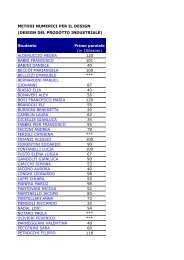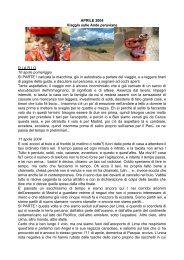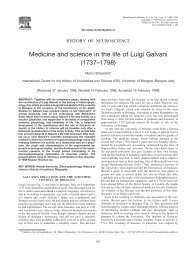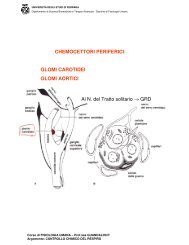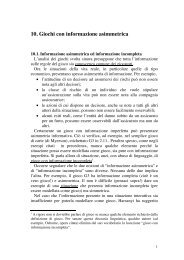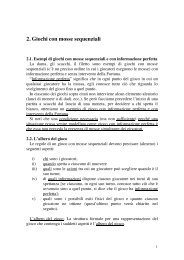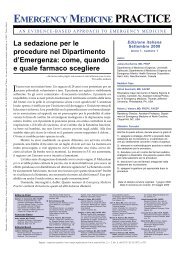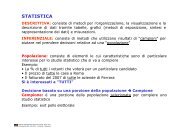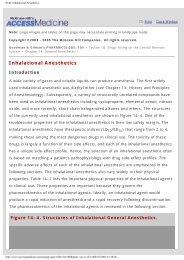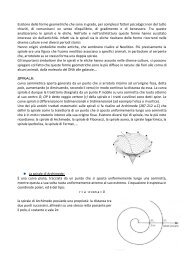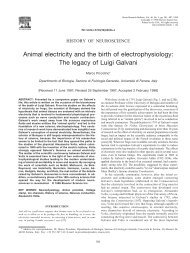Implicit-Explicit Runge-Kutta schemes for hyperbolic systems ... - utenti
Implicit-Explicit Runge-Kutta schemes for hyperbolic systems ... - utenti
Implicit-Explicit Runge-Kutta schemes for hyperbolic systems ... - utenti
Create successful ePaper yourself
Turn your PDF publications into a flip-book with our unique Google optimized e-Paper software.
Example:<br />
A simple prototype example of relaxation system is given by<br />
∂tu + ∂xf1(u, v) = 0,<br />
∂tv + ∂xf2(u, v) = − 1<br />
(v − e(u)),<br />
ε<br />
which corresponds to U = (u, v), F (U) = (f1(u, v), f2(u, v)), R(U) = (0, e(u) − v).<br />
As ε → 0 we get the local equilibrium v = e(u) and setting G(u) = f1(u, e(u)) the reduced<br />
system of conservation laws<br />
Numerical requirements<br />
∂tu + ∂xG(u) = 0.<br />
• In most cases F (U) is non stiff and 1<br />
R(U) contains the stiffness. It is desirable to<br />
ε<br />
develop numerical <strong>schemes</strong> which are explicit in F and implicit in R.<br />
• It is essential that the numerical scheme is accurate <strong>for</strong> the reduced limit system of<br />
conservation laws. This property is related to L-stability.<br />
• The <strong>schemes</strong> should be high resolution shock capturing, yielding correct shock location<br />
and speed without numerical oscillations.<br />
3



